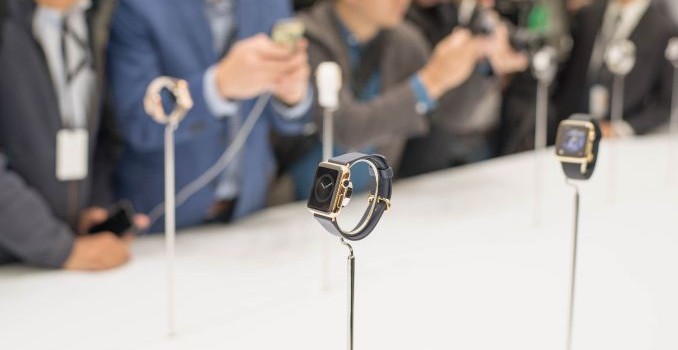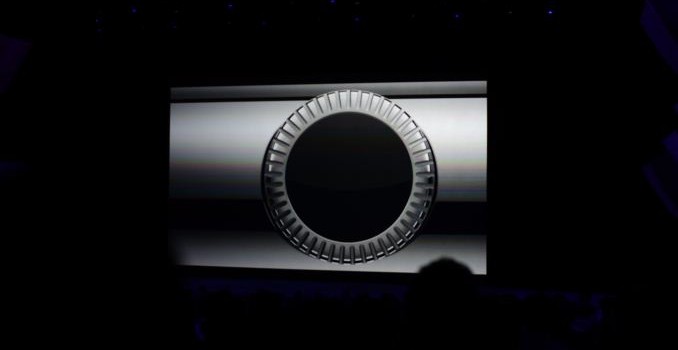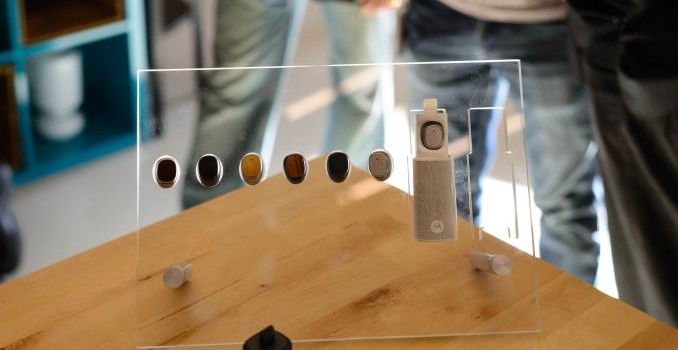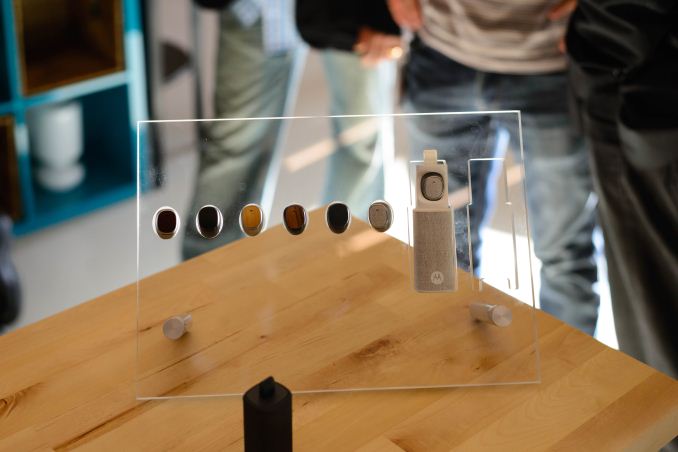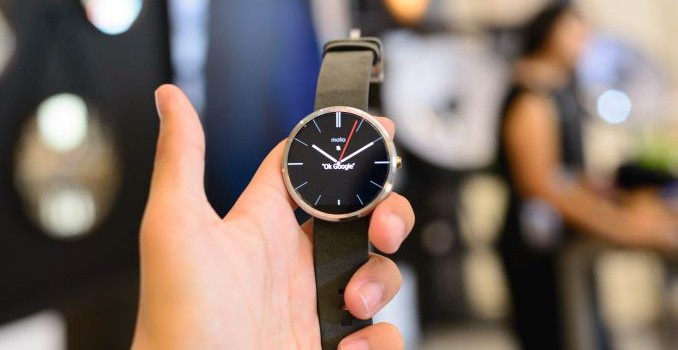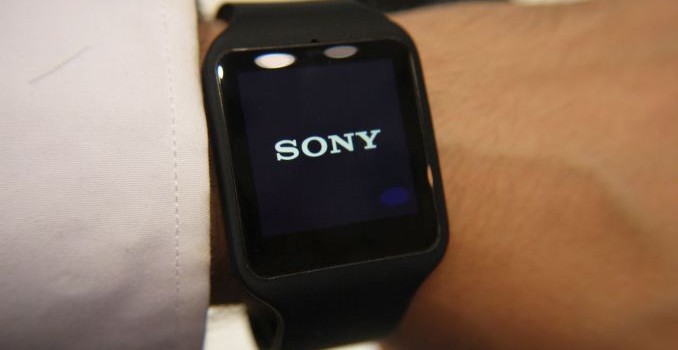Quick Thoughts on Apple Watch
While I’m still unsure on what wearables should actually do, I managed to get some photos of the Apple Watch. Unfortunately I wasn’t really able to find any units available for a hands-on, and as far as I can tell it wasn’t possible to actually try any of the software yet. However, based upon what I’ve seen Apple brings at least a few great ideas to the table. The digital dial/crown is definitely one of them, as it opens up the door to all kinds of new possibilities for navigation that are currently either impractical or impossible for wearables that don’t have this hardware feature. In addition, Apple’s strong emphasis on personalization with two sizes, three editions, and six watch bands is something that all OEMs should pay attention to. Finally, the dedicated SoC for the Apple Watch is something that is absolutely necessary to enable a good user experience as space is so critical on these wearables. There’s also no question that Apple has done a great job of focusing on industrial and material design, as it looks like all three versions of the watch have premium materials and excellent fit and finish. While it isn’t clear what display is used, it seems likely that it’s an OLED display judging by the amount of black in some of the watchfaces, although ambient lighting in the demo area made it hard to tell whether this was the case.
However, my reservations are largely similar to concerns that I have with all wearables. Ultimately, the Apple Watch must provide utility that’s strong enough to make me turn around and get it if I forget it. As-is, I don’t really think that even the Apple Watch has that level of utility, even if it is excellently executed. Of course, this is also based upon a demo unit that I wasn’t able to touch or use.
Of course, a few concerns remain, mostly in the area of battery life as it seems that only the Pebble line of wearables can really deliver enough battery life to not worry about charging a wearable on any sort of regular schedule. At any rate, I’ve attached a gallery of photos below for those interested in seeing all the various combinations of watches that Apple will make.

